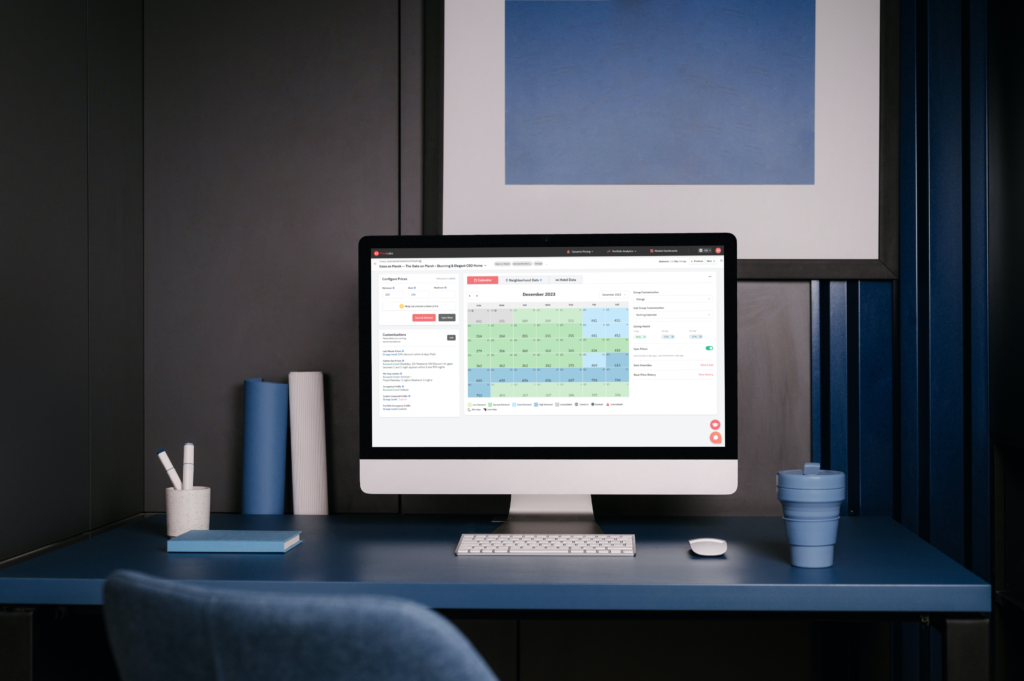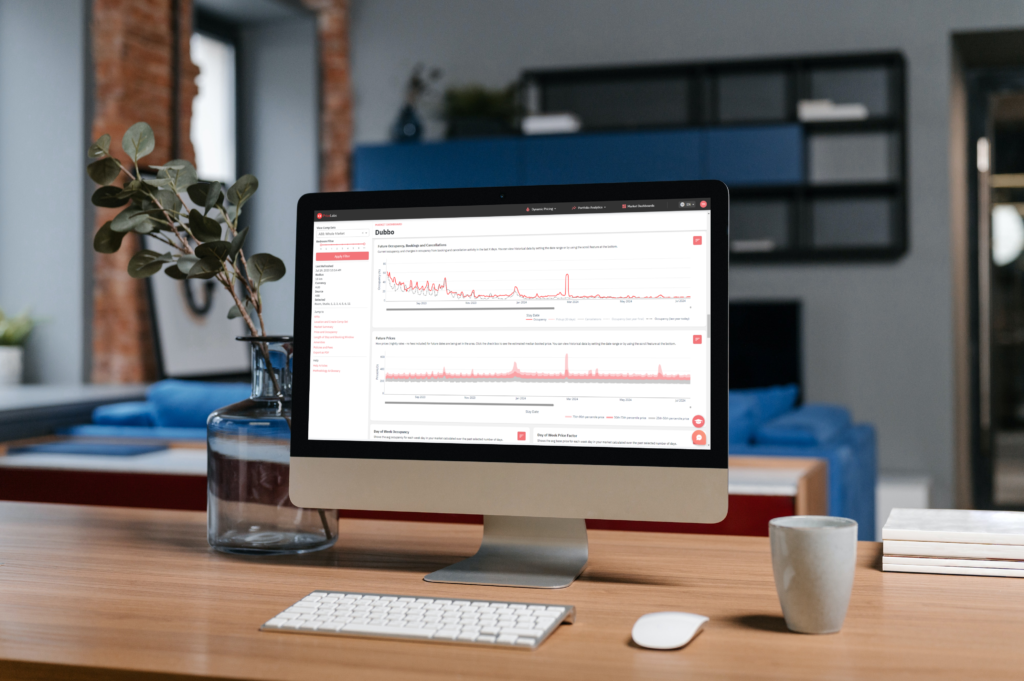
When it comes to maximising the return on your short-term rental (STR) investment, one of the most powerful tools at your disposal is dynamic pricing. Unlike static pricing strategies, which lock your property into a set nightly rate year-round, dynamic pricing uses real-time data to adjust rates daily, ensuring your property earns more when demand is high and stays competitive when demand softens.
At BNB Made Easy, we use industry-leading software like PriceLabs to power our dynamic pricing strategies, helping our investors achieve optimal occupancy and revenue across all seasons.

Dynamic pricing is a revenue management approach that automatically adjusts your nightly rates based on:
Local demand patterns (events, holidays, school breaks, etc.)
Market trends (comparable property rates in your area)
Seasonality and lead time (how far in advance a booking is being made)
Property performance (occupancy, booking pace, and historical data)
The result? Your property is priced to reflect what guests are willing to pay at any given moment—never leaving money on the table during peak periods or pricing yourself out of the market during slower months.

Dynamic pricing ensures you capture higher rates when demand surges (think local festivals, sporting events, or holiday periods). At the same time, it strategically lowers prices during quieter times to attract bookings that might otherwise go to competitors.
Rather than relying on guesswork, your pricing adapts in real time to market conditions. This helps maintain healthy occupancy levels throughout the year—generating consistent cash flow for your investment.
By leveraging tools like PriceLabs, we gain access to deep analytics on booking trends, market performance, and competitor rates. This empowers our team to make informed adjustments and tailor strategies specific to each property.
Dynamic pricing takes the manual work out of rate setting. Instead of monitoring the market daily and updating rates yourself, we handle it all—freeing you to enjoy the benefits of your investment without the hassle.
At BNB Made Easy, we partner with PriceLabs because of their robust pricing algorithms and market insights. Their platform integrates seamlessly with our systems and allows us to:
✅ Automate rate updates across multiple platforms (Airbnb, Booking.com, etc.)
✅ Customise pricing strategies for each property
✅ Stay ahead of market shifts with predictive demand forecasting.
This means our clients get cutting-edge pricing strategies designed to maximise their STR income.
Ready to unlock your property’s potential?
Dynamic pricing is no longer a “nice to have” in the short-term rental industry—it’s essential for staying competitive and profitable. When you partner with BNB Made Easy, you get access to this powerful tool as part of our full-service management offering.
Let us help you get the most out of your investment. Contact us today to find out how we can elevate your property’s performance.